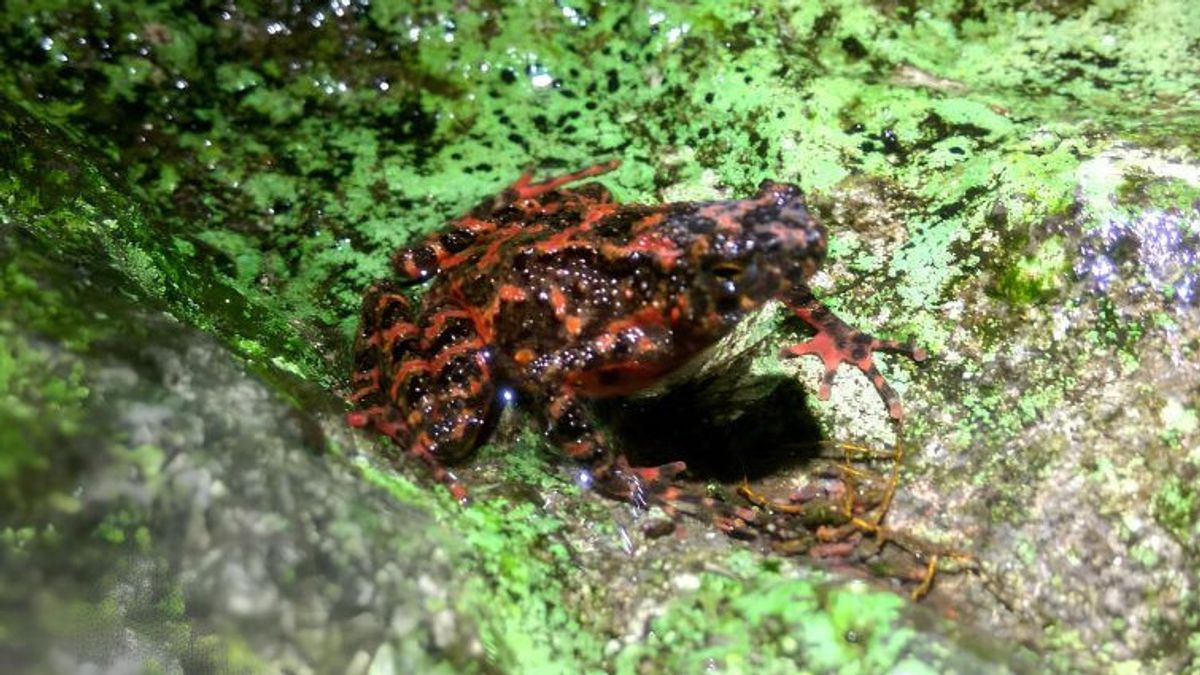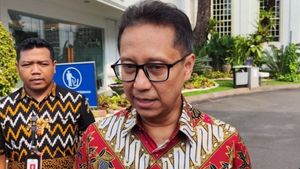
JAKARTA - The National Research and Innovation Agency (BRIN) revealed that the phenomenon of climate change has put water species at risk of extinction due to changes in temperature, environment, and habitat.
Lead Expert Researcher from the Center for Biosystematics and Evolution of BRIN Amir Hamidy said various species living in the water became the first living things to experience the impact of climate change.
"The change in the water cycle has a direct impact on the reproductive behavior of the species," he said in a statement quoted in Jakarta, Thursday, February 29, which was confiscated by Antara.
Amir said the frog is an excellent bioindicator for water availability, one of which is a Red Frog called Latin Leptophryne cruentata. The red dwarf was found on Mount Gede Pangrango, West Java.
Based on the results of 40 years of monitoring carried out by researchers from the Bogor Agricultural Institute (IPB) and related institutions, the distribution of the Red Frog has decreased and moved away from the altitude they usually occupy.
According to him, the decline in distribution and migration was due to changes in temperature that occurred in the Mount Gede Pangrango area. The changing temperature affects the reproductive cycle which has an impact on the breeding pattern of red frog.
"There are species that can survive and there are species that cannot survive. However, the thing to worry about is when these species cannot survive with extreme climate change," said Amir.
Not only in Indonesia, climate change also causes a decline in Panamanian Frog population.
Amir further views that understanding the impact of climate change on various species is very important for conservation efforts and protection of biodiversity.
Precise mitigation measures need to be taken to reduce the negative impact on the ecosystem and lives of various species on earth.
관련 항목:
The English, Chinese, Japanese, Arabic, and French versions are automatically generated by the AI. So there may still be inaccuracies in translating, please always see Indonesian as our main language. (system supported by DigitalSiber.id)















